How to experience an apéritif in the Côtes du Rhône at home

This post was created in partnership with the Côtes du Rhône Villages. As you’ve probably noticed, I’m into wine. Not just drinking wine (though I love doing that, obviously!) but tasting and exploring new wines, too. So, when the people in charge of shouting about Côtes du Rhône wine got in touch to see if I wanted to set up a little virtual wine tasting at home one sunny evening I jumped at the chance – both to taste the wines, and to show you how you can also set up a little wine tasting at home this weekend, too.
Grab a bottle of Côtes du Rhône Villages (doesn’t matter from which village, we’ll talk about what makes them all different / unique in a moment), get ready with their great podcast about the wines, and I’ll show you how to set up a little apéritif tasting in the garden before we have a little chat about why Côtes du Rhône is usually the French red I go for when presented with a choice (be it standing in the M&S Food Hall looking for a good value bottle of something to go with dinner, or when building a mixed case on my Sunday Times Wine Club subscription), and about what makes wine from the Côtes du Rhône Villages just that little bit more special.
Probably because I was brought up hopping between home in Kent and my grandparents house in the South of France, and then our own home in Brittany I’ve always had a very French attitude to drinking, especially before dinner. I’ve always got something savoury and nibbly on the go. Depending on the situation and the mood, the spread can be big or small. The Côtes du Rhône Villages folks sent over this selection, and it was perfect for when J’s parents were visiting for us to taste some wines with into the early evening ahead of a light dinner of steak and tomato salad followed by chocolate cake and hedgerow blackberries out on the patio. Now travelling to France this wine harvest season won’t be as easy, I think going to a little bit of extra effort like this with family or friends (socially distanced of course!) is the perfect way to so something that little bit special with your at home time.
Shall we start with the cheese? Now, because I can’t eat most cheeses we had a selection of goats cheeses served alongside some truffle honey, spiced tomato chutney, and wholegrain mustard. Now, you know what you like and that is usually fine, but I think the best way to taste wine is to pair with with lots of different tastes and flavours to see what really works – sometimes you’ll come up with something rather unexpected. Get small amounts of a medium, a soft and a relatively hard or blue cheese for variety; you only need to make sure that you know you love one of them – for me it was the very soft La Bouche French goats cheese, which is utterly delicious drizzled with a touch of truffle honey.
Serve a mix of crackers and fresh bread (where you can also put out good extra virgin olive oil and balsamic vinegar for dipping) to suit different cheeses, tastes and again, to see how different the wine tastes with each. Raid the fridge for jars of things that go with cheese to see what you can find, both expected and not. I was not a fan of the mustard in this selection, but the chutney proved popular, and I had to crack open more truffle honey from my jar in the kitchen cupboard I loved the combination so much!
Turning to other nibbles to provide a bit of a contrast, next time you’re in a good French deli, invest in a saucisson. One will do you a good few weeks of little, porky nibbles sliced thinly with drinks, adding another flavour profile with the wine. Nuts are also good (yes I keep bags of salted pistachios and cashews around for everyday, but we had candied hazelnuts as part of this spread which really helped accentuate the rich tones in the wine) as well as any pickles you’ve got again in the fridge, great for getting the appetite going.
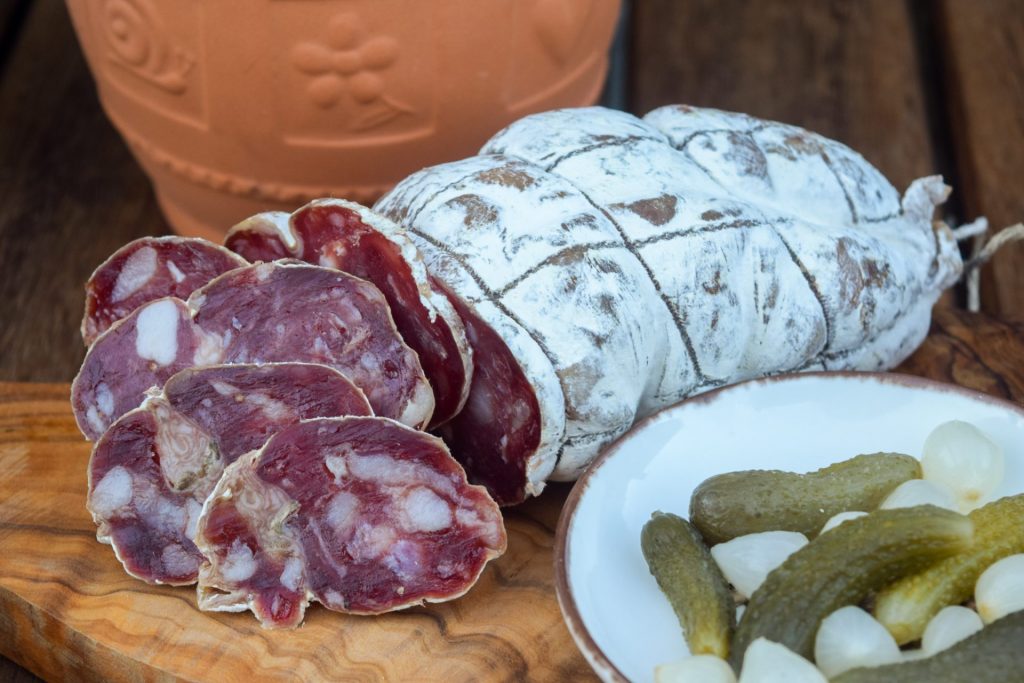
So, why Côtes du Rhône? I’ve always found Côtes du Rhône red wines exceptionally good value. Up until recently pretty much all the wine I bought came in at under £10, and whatever I picked from the region, it was always consistently a good bottle to go with food. Also I’ve usually found that a cheap (which to me is any bottle under £10) bottle of Côtes du Rhône is usually much better than other bottles of cheap red – it tastes like it should have cost a bit more. Therefore, if you’re looking to start exploring more wines on a budget I think it is an excellent place to start.
A few more fun facts about the Côtes du Rhône: they produce around 116 million (!) bottles of wine a year (just think how big a warehouse you’d need to store all of that for a moment!) continuing on a tradition of making wine in the area since Roman times where vines were cultivated in and around Caesar’s encampment as he swept across Europe. Also, the Côtes du Rhône is also home to Châteauneuf-du-Pape which is a sought after, celebratory red for special occasions for a reason with it’s bold notes and rich character – it’s usually what we drink with Christmas dinner after whatever bottle of English Sparkling Wine I’ve chosen that year has been polished off.

However, today we’re not just talking about Côtes du Rhône, but we’re talking about the wine from the Côtes du Rhône Villages, a collective of 21 villages in the South of the Côtes du Rhône that have a special designation to create wines with a very specific, hyper local character that springs from their varying terroir. Those of you who joined me in the Loire for a very rainy afternoon wine tasting hyper-regional Cheverny wines will know how much wines can vary across a very small area in France, and how important locality is to French wine. If you’ve ever picked up a bottle of French wine not specifically bottled for the English market you might have wondered why they are very specific about the region, but don’t list the grapes in the bottle. This is because in France, terroir is what matters the most, and French drinkers have come to expect certain flavours and characters from region, rather than grape. Also, a lot of wine regions in France have what grapes they have to use in their wines, and in what quantities mandated to them by the AOC protected status of each wine region. Typically for the 21 Côtes du Rhône Villages, you’ll find the name of the village the wine comes from on the bottle.
I think these slightly more special wines from the 21 villages are great for a side by side tasting at home because you can ring their differences on top of a strong and solid foundation. They all have the same rich, fruity, full bodied flavour and slightly acidic after notes I’ve come to associate with a good Côtes du Rhône, but the bottle we tasted from Séguret had a rich aftertaste that almost coats the mouth (I’d serve it with barbecued meats), but the one from Visan had a much smoother finish.
Do let me know if you choose to hold your own little immersive wine tasting at home, and don’t forget to use the hashtags #cotesdurhoneathome and #cotesdurhone_uk and listen to the 21 Villages Podcast for the full experience! (Also, for a little more inspiration my friend Kelly recently put together a brilliant blog post on how to travel around the world from your living room for drink and nibbles in lieu of getting on a plane, too.)

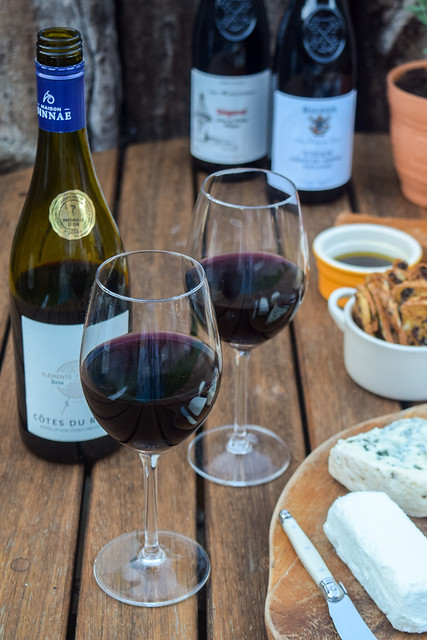



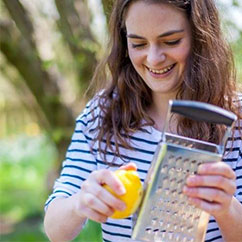
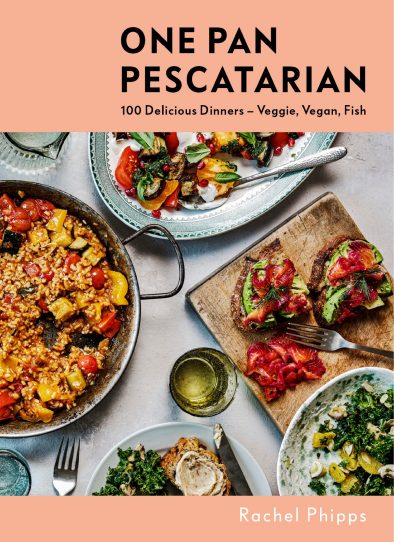

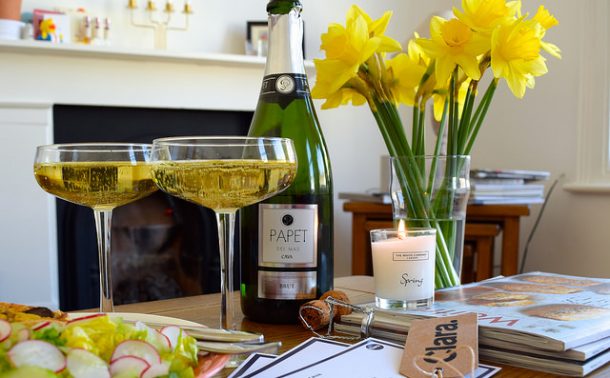
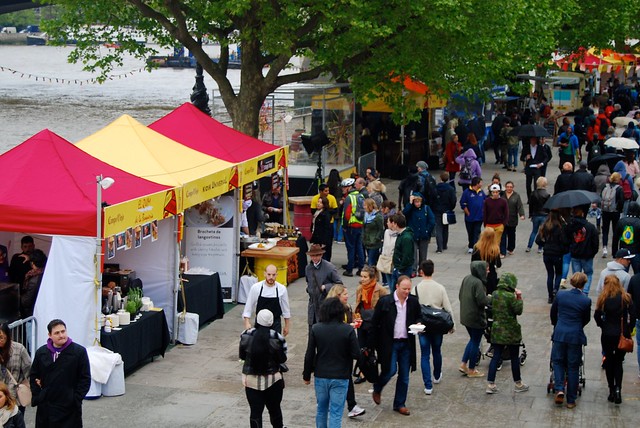
Discussion